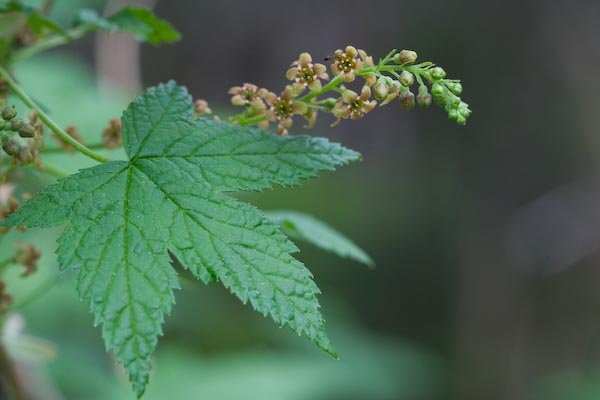
Stink Currant
Ribes bracteosum
This is a common plant in well-drained areas along river bottoms. Sometimes it forms thickets in openings, other times it grows at the edge of rivers. Another common name is Gray Currant, for the gray bloom on the berries. The plant does have a strong and distinctive odor, though I do not consider it unpleasant.


Other Photos
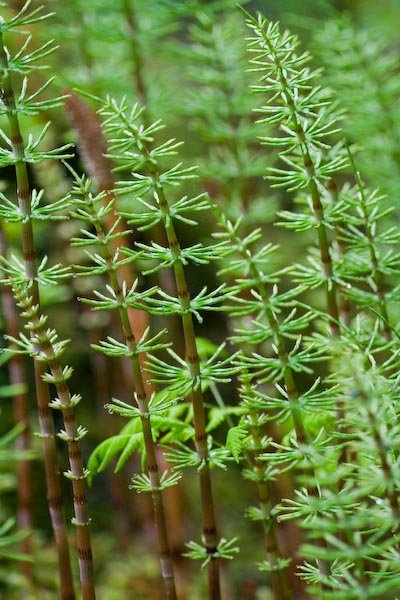
Common Horsetail
Equisetum arvense
This species is typically found in disturbed areas. With favorable ground conditions, it can form very dense stands that I imagine are probably clonal. These are the non-reproductive parts of the plant that are just growing to full size. The leaves (such as they are) will continue to get longer.
Other Photos
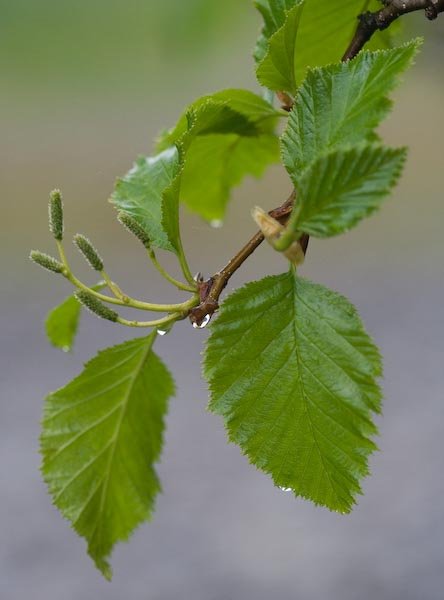
Sitka Alder
Alnus viridis sinuata
Sitka Alder is fairly common around here. It is most commonly found growing along beach fringes, avalanche tracks and other disturbed locations. Its growth is typically shrubby, with multiple smaller growths rather than a central large trunk. Its leaves also are double toothed, unlike its close relative, Red Alder. I had never before noticed the structures that I am guessing are flowers. I’m thinking the catkins are the male part, and perhaps these structures are the female flowers that will eventually develop into the cones (the photo with cones below shows cones still remaining from last year).



Other Photos
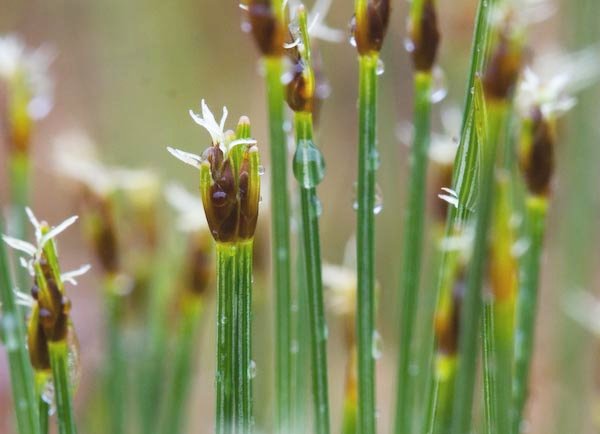
Tufted Bulrush
Trichophorum caespitosum
This plant is quite common in the muskegs. It often grows in distinctive little clumps of short green stems topped by the small flowers.


Other Photos
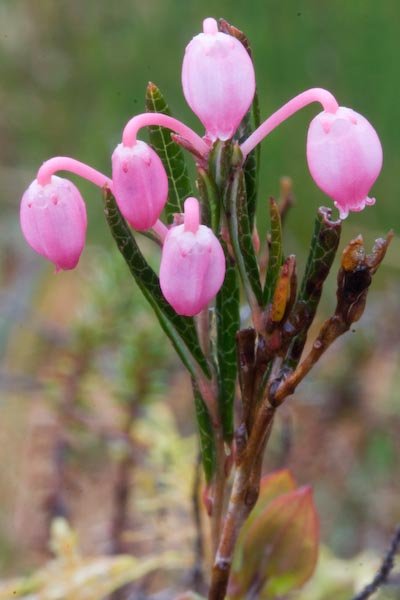
Bog Rosemary
Andromeda polifolia
Bog Rosemary is a common muskeg plant. Unlike the herb called rosemary, Bog Rosemary has toxins that make it a poor choice to add to any food.
Other Photos











